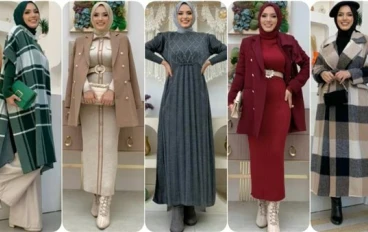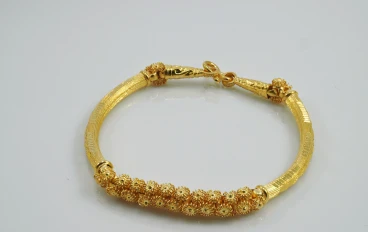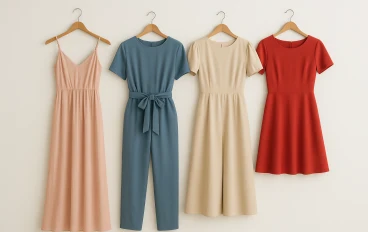
Elegance and Fashion
## Elegance and Fashion: Timeless Allure and Modern Trends
### Introduction
Elegance and fashion, two intertwined concepts, have fascinated societies across the globe for centuries. They are more than just about clothing; they encapsulate culture, identity, and personal expression. This article delves into the essence of elegance and fashion, tracing their historical roots, exploring their cultural significance, and examining how they continue to evolve in today's world.
### Historical Roots
The history of fashion is a reflection of societal changes and cultural shifts. In ancient civilizations, clothing was a symbol of status and power. The Egyptians, for instance, adorned themselves in linen garments, with intricate jewelry signifying wealth. Similarly, the Greeks and Romans favored draped clothing that emphasized the natural form, showcasing their appreciation for beauty and symmetry.
During the Renaissance, fashion became more elaborate, with intricate embroidery and luxurious fabrics like silk and velvet. This period marked the beginning of fashion as an art form, with tailor-made garments becoming a status symbol. The 18th century saw the rise of the Rococo style, characterized by opulence and extravagance, while the 19th century brought the Victorian era's modesty and restraint.
### The Evolution of Elegance
Elegance in fashion is often associated with simplicity, refinement, and a sense of timelessness. Coco Chanel, one of the most iconic fashion designers, revolutionized women's fashion in the early 20th century by introducing comfortable yet stylish clothing. Her little black dress became a symbol of sophistication and practicality, embodying the essence of elegance.
In the mid-20th century, designers like Christian Dior and Yves Saint Laurent further defined elegance with their exquisite designs. Dior's New Look, with its cinched waist and full skirt, celebrated femininity, while Saint Laurent's Le Smoking tuxedo redefined women's evening wear, merging masculine and feminine elements.
### Cultural Significance
Fashion is deeply rooted in cultural identity and expression. Traditional clothing often reflects the history, values, and beliefs of a community. For instance, the kimono in Japan, the sari in India, and the kente cloth in Ghana are not just garments but symbols of cultural heritage.
In contemporary society, fashion continues to be a powerful medium for expressing individuality and cultural pride. Designers like Alexander McQueen and Virgil Abloh have used their platforms to challenge norms and celebrate diversity, bringing cultural narratives into the global fashion scene.
### Modern Trends
Today's fashion landscape is characterized by a blend of the old and the new. Vintage fashion has made a significant comeback, with many drawing inspiration from past eras to create contemporary looks. Sustainable fashion is also gaining momentum, with an emphasis on ethical production and environmentally friendly materials.
Technology has played a crucial role in shaping modern fashion. The rise of e-commerce and social media has made fashion more accessible, allowing for rapid dissemination of trends. Digital fashion shows and virtual try-ons are now commonplace, reflecting the industry's adaptability and innovation.
### The Intersection of Elegance and Fashion
Elegance in modern fashion is about finding a balance between tradition and innovation. It is about embracing simplicity while making a statement. Designers like Giorgio Armani and Carolina Herrera continue to embody this philosophy, creating pieces that are both timeless and contemporary.
In everyday life, elegance can be achieved through mindful choices and an appreciation for quality over quantity. It is about understanding one's personal style and dressing in a way that feels authentic and comfortable.
### Conclusion
Elegance and fashion are dynamic and ever-evolving, reflecting the changing tides of society and culture. From the opulence of the Renaissance to the minimalism of modern times, they continue to captivate and inspire. As we move forward, the challenge lies in preserving the essence of elegance while embracing innovation and sustainability. Fashion, at its core, is a celebration of individuality and creativity, a testament to the enduring allure of Elegance































